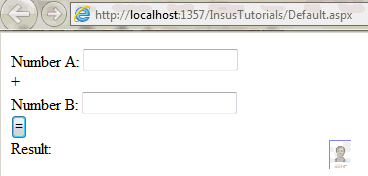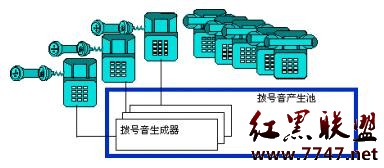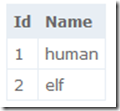当前位置:编程学习 > asp >>
答案:FormatCurrency Function
Returns an expression formatted as a currency value using the currency symbol defined in the system control panel.
FormatCurrency(Expression[,NumDigitsAfterDecimal ][,IncludeLeadingDigit ][,UseParensForNegativeNumbers ][,GroupDigits]]]])
Arguments
Expression
Required. Expression to be formatted.
NumDigitsAfterDecimal
Optional. Numeric value indicating how many places to the right of the decimal are displayed. Default value is -1, which indicates that the computer's regional settings are used.
IncludeLeadingDigit
Optional. Tristate constant that indicates whether or not a leading zero is displayed for fractional values. See Settings section for values.
UseParensForNegativeNumbers
Optional. Tristate constant that indicates whether or not to place negative values within parentheses. See Settings section for values.
GroupDigits
Optional. Tristate constant that indicates whether or not numbers are grouped using the group delimiter specified in the computer's regional settings. See Settings section for values.
Settings
The IncludeLeadingDigit, UseParensForNegativeNumbers, and GroupDigits arguments have the following settings:
Constant Value Description
TristateTrue -1 True
TristateFalse 0 False
TristateUseDefault -2 Use the setting from the computer's regional settings.
Remarks
When one or more optional arguments are omitted, values for omitted arguments are provided by the computer's regional settings. The position of the currency symbol relative to the currency value is determined by the system's regional settings.
Note All settings information comes from the Regional Settings Currency tab, except leading zero, which comes from the Number tab.
The following example uses the FormatCurrency function to format the expression as a currency and assign it to MyCurrency:
Dim MyCurrency
MyCurrency = FormatCurrency(1000) ' MyCurrency contains $1000.00.
Requirements
上一个:Using the Locale Identifier (LCID) (1)
下一个:一个奇怪的错误,大家要当心呀(花了我大半天的时间)!
- 更多asp疑问解答:
- asp正则过滤重复字符串的代码
- 用asp过滤全部html但保留br类似的符号
- 会asp,但感觉asp要过点,想学php。但我一般做的都是小公司的站,用access数
- PHP的空间可以用ASP的源代码吗?
- 以前做asp程序,现在应该怎样发展?是学.net还是php
- 以前做asp程序,现在应该怎样发展?是学.net还是php
- 想做一个市级的人才网acess,sql数据库,语言asp,jsp,php分别用哪种好
- jsp,asp,php 区别
- 我想找一个有比较多漏洞的网站的源码,比如可以asp,php注入等都可以。供学习研究用。请提供下载地址。。
- 现在候找人做个网站,用ASP,还是PHP语言去做好
- asp,php ,jsp,.net 对于做网站前台的重要吗?
- asp和php的区别是什么?
- 我是新手SEO菜鸟 请问wp dw php asp cms myspl dede 这些软件应该如何区分呀?
- 网页制作相关的三种语言:ASP JSP PHP那个好点,简单点?
- 网页制作相关的三种语言:ASP JSP PHP那个好点,简单点?





